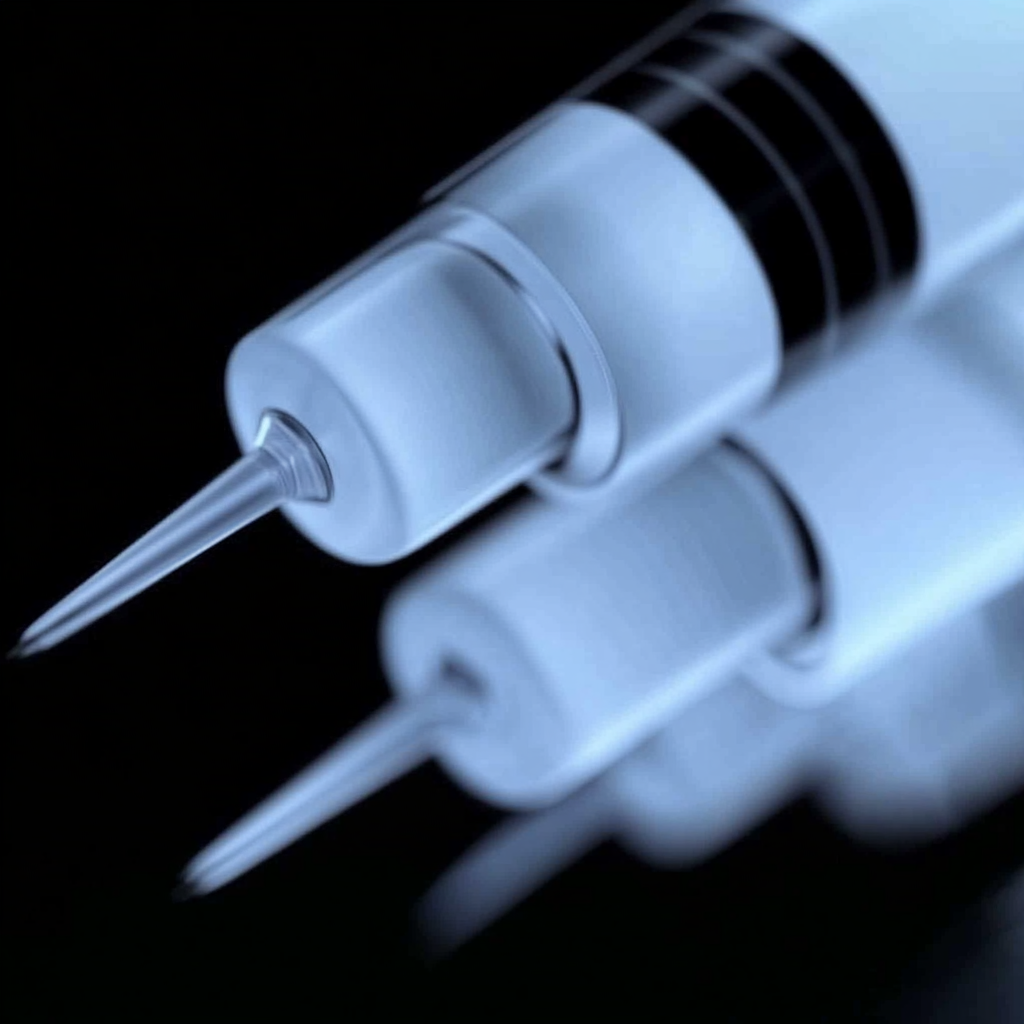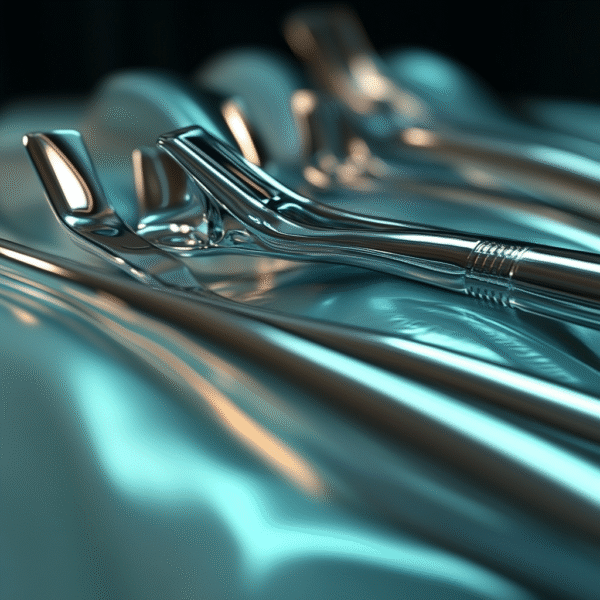Introduction
Sleep bruxism is when you clench or grind your teeth while sleeping. This can lead to tooth wear and jaw problems. The most common treatment is wearing an occlusal splint to help protect your teeth.
Study Purpose
This study looked at how much wear and pain different types of occlusal splints cause in people with sleep bruxism. We compared splints made using digital technology with those made traditionally.
Study Details
We included 30 diagnosed individuals with sleep bruxism, who were split into two groups randomly. We measured pain levels using a simple scale and monitored the wear of the splints with special software.
Findings
After six months, the traditional splints lost more material (103.53 units) compared to the digital ones (62.33 units). However, both types had similar pain scores, indicating that they were equally effective in reducing discomfort.
Conclusion
The wear of occlusal splints can affect how well they work. Our study shows that digital splints may last longer and offer better long-term benefits. This emphasizes the need for using durable materials in splint manufacturing.
Opportunities for Clinics and Patients
Based on our findings, clinics should aim to measure:
- The amount of splint wear over time.
- Patient pain levels before and after using the splints.
AI Tools for Clinical Needs
Choosing the right AI solutions can help track the performance of splints effectively. Consider tools that can analyze wear data and patient feedback.
Implementation Steps
Start small with a pilot project to use AI tools. Monitor how the splints perform in actual patient scenarios and adjust based on the results.
Contact Us
For more information on AI solutions in medical management, reach out to us:
- Telegram: https://t.me/itinai
- X: https://x.com/vlruso
- LinkedIn: https://www.linkedin.com/company/itinai/



























